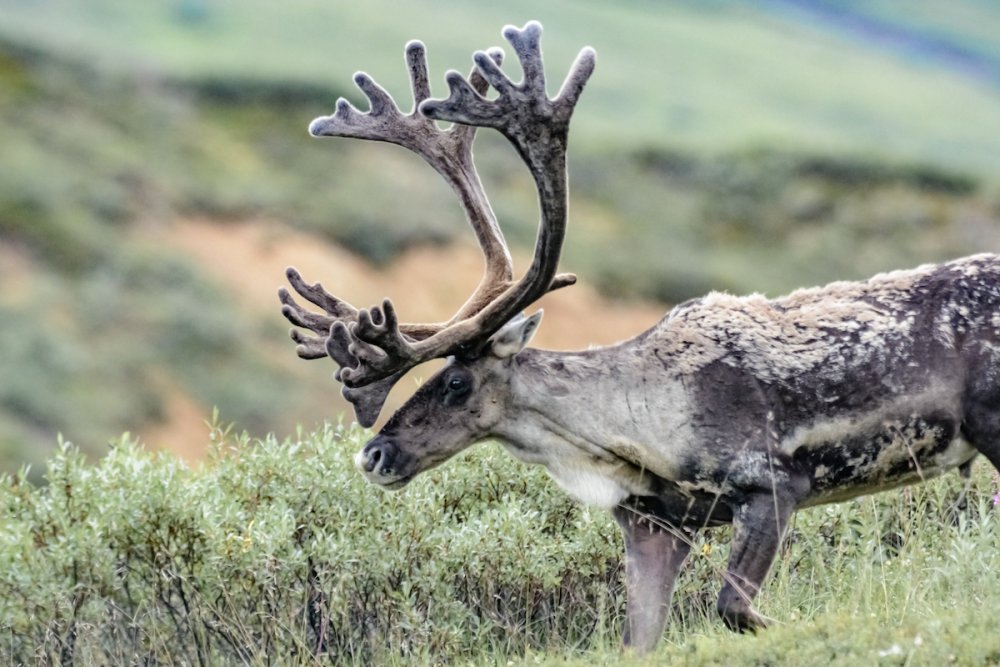EDMONTON — More than 70% of boreal woodland caribou herds in Canada are in decline, and recent analysis suggests that provincial exemptions allowing forestry and oil and gas activities in critical habitat have accelerated the trend. Closing these loopholes and advancing long-delayed range planning processes will create a win for both caribou and climate.
The Pembina Institute’s new report Status of Boreal Woodland Caribou Conservation in Canada finds swift change is needed to give the species a hope of survival. Provinces and territories have been slow or have failed to provide necessary planning and action, with several missing the 2017 deadline to complete range plans for caribou conservation. Conservation action to protect the last remaining tracts of critical caribou habitat, including interim actions to compensate for range planning delays, must be a top priority.
The legislative loopholes that enable habitat destruction threaten not only the survival of caribou, but also climate goals. The habitats that caribou inhabit — boreal forests and peatlands — are among the most carbon-rich in the world, and conservation of these areas would ensure significant stores of carbon would be kept in the ground.
The report also shows that recent Indigenous-led conservation efforts have created many positive outcomes for caribou, and these efforts should be given more formal recognition and support from provincial and federal governments.
Quotes
“Research from universities across Canada show that the health of caribou populations is a signal of the overall health of our boreal forests. The species is critical to conserve for so many reasons — from its cultural significance to its association with carbon-rich habitats.
“But progress on caribou conservation in Canada has been ‘one step forward, two steps back’ for too long, and our approach must change if we hope to save this iconic species. It has been nearly 10 years since the first federal recovery strategy was released, and we are no closer to reversing population declines. Federal and provincial policymakers must take action to ensure the Species at Risk Act is actually enforced as it was intended and caribou habitat is protected. Enforcing this legislation is crucial not only for the benefit of caribou, but for ensuring Canadians can continue to reap all the benefits the boreal forest provides us – climate resilience included.”
— Simon Dyer, deputy executive director, Pembina Institute
Quick facts
- Only 29 per cent of herds (15 of 51) meet Environment and Climate Change Canada’s criteria for self-sustaining status, and nearly half of all herds (21 of 51) cannot be assessed due to a lack of data.
- From 2002 to 2012, twice as much caribou habitat was lost in British Columbia and Alberta as was gained. This finding signals the importance of conservation (increasing protected areas and preventing habitat destruction) over restoration as a top priority for caribou.
- Limiting the disturbance of peatlands by industrial activities could provide up to 10.1 megatonnes per year of additional CO2e storage for Canada by 2030 – equivalent to taking more than eight million passenger vehicles off the road each year.
[30]
Download a copy of Status of Boreal Woodland Caribou Conservation in Canada: A summary of range planning, restoration, and opportunities to win on caribou and climate.
Contact
Sarah Nason
Communications Lead, Pembina Institute
587-588-5744
Background
Blog: How conservation offsets could be just what Alberta (and its caribou) needs
Blog: Designing an Alberta-made caribou survival plan




